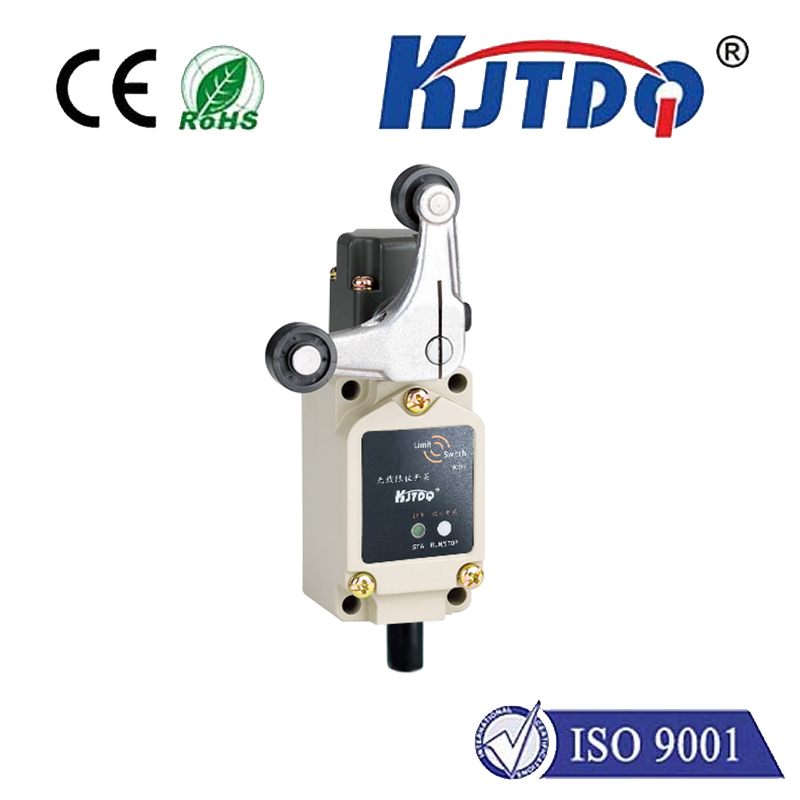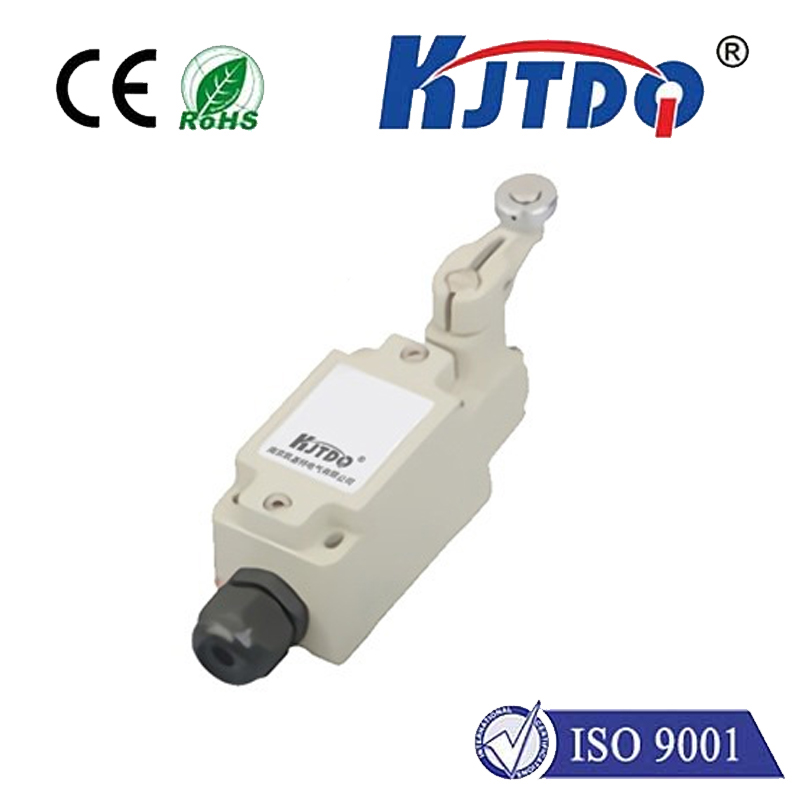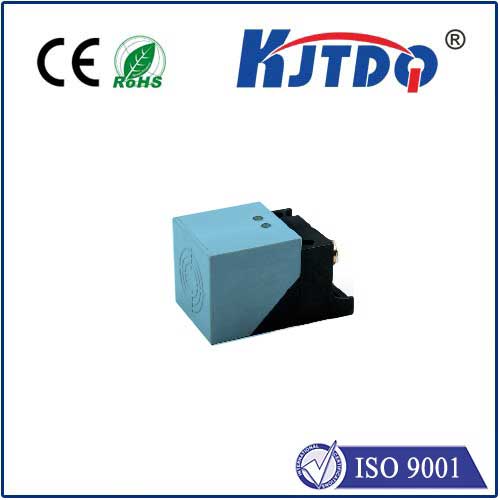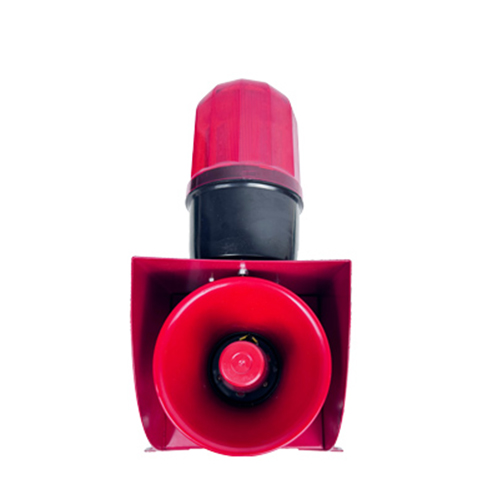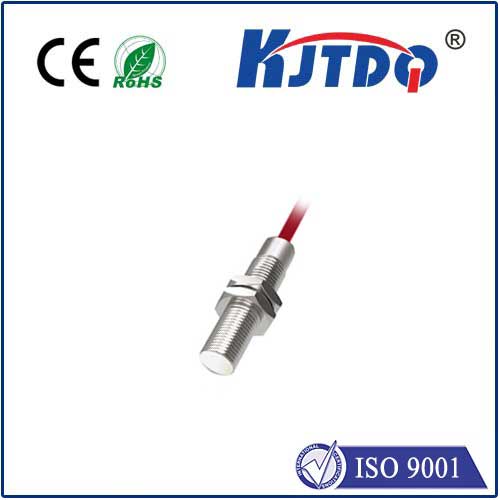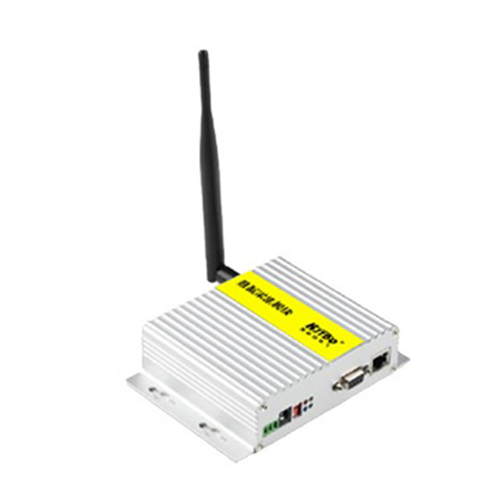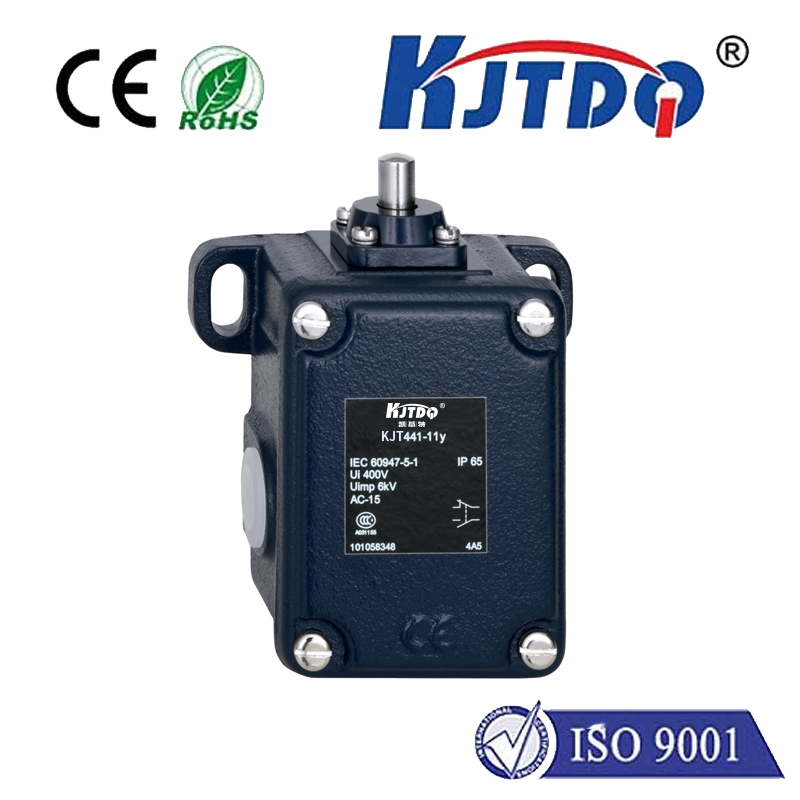```english
- time:2025-09-26 07:26:11
- Click:0
How E3Z-T86A Diffuse Sensors with Background Suppression Ensure Unwavering Object Detection
Imagine a bustling packaging line where precision is non-negotiable. Products of varying colors and reflectivity zip by, conveyor belts hum, and nearby machinery creates a complex visual backdrop. Now, picture a sensor tasked with reliably detecting each item, instantly and without fail, regardless of its surface finish or confusing background clutter. This is the exact challenge where the E3Z-T86A diffuse photoelectric sensor, specifically engineered with background suppression (BGS), becomes an indispensable tool for industrial automation. This sophisticated sensor transcends the limitations of standard diffuse models, offering unparalleled reliability in demanding detection scenarios.
Moving beyond simplistic proximity sensing, the E3Z-T86A harnesses the principle of photoelectric detection. Its integrated emitter projects a focused beam of light, typically red visible light or infrared (depending on the variant). When this beam strikes an object within its detection range, light is diffusely reflected in many directions. The sensor’s receiver lens then collects a portion of this scattered light. The pivotal difference lies in how the E3Z-T86A processes this returned signal compared to a standard diffuse sensor.

Standard diffuse sensors essentially act as light meters – they detect any significant increase in received light intensity compared to the background level and trigger an output. This fundamental design makes them vulnerable to a critical flaw: false triggering caused by objects or surfaces beyond the intended target. A pallet behind the conveyor, a shiny machine guard, or even a highly reflective floor can scatter enough light back to the sensor, tricking it into signaling a detection when the actual target isn’t present.
The E3Z-T86A’s Background Suppression (BGS) technology provides the solution. This advanced method does not primarily rely on comparing absolute light intensity. Instead, it employs sophisticated optical triangulation within the sensor head. Think of it as an internal rangefinder:
- Triangulation Principle: The emitter lens and receiver lens are positioned at a slight angle to each other within the sensor housing.
- Angle-Dependent Reception: The position where the reflected light spot hits the receiver element inside the sensor depends critically on the distance of the target object. Light reflected from a close object hits the receiver at one specific angle, while light reflected from a more distant object hits it at a distinctly different angle.
- Distance Discrimination: The sensor’s internal circuitry is precisely calibrated to recognize the specific angle (and thus the corresponding internal receiver spot position) associated with objects within its predetermined set sensing range. It effectively “ignores” light reflected from objects located beyond this set point, even if that background object is large or highly reflective.
This intelligent distance-based discrimination is the core innovation of the E3Z-T86A. It’s why this sensor delivers:
- Unmatched Immunity to Background Interference: This is the standout feature. Whether it’s conveyor belts, machine frames, walls, or other objects behind your primary target, the E3Z-T86A reliably ignores them. False positives caused by background clutter become a thing of the past, dramatically improving system reliability and reducing costly downtime.
- Exceptional Sensitivity on Problematic Surfaces: Standard diffuse sensors struggle with very dark, matte black, or highly absorbent materials that reflect minimal light. Similarly, transparent objects like plastic bottles or glass can be problematic. The E3Z-T86A’s sensitivity and optimized optics, combined with the BGS focus on distance, often provide significantly better detection capability on these challenging surfaces compared to basic diffuse models.
- Stable Detection Across Colors: While extreme differences in target reflectivity can still influence sensing range (darker objects generally have shorter maximum ranges), the BGS technology primarily focuses on distance, making detection more consistent across a wider range of colored objects within its adjusted working range than a standard intensity-based sensor.
- Visible Red Light Option: Many E3Z-T86A variants use visible red light, which is a significant operational advantage. This allows for much easier setup, alignment, and troubleshooting compared to invisible infrared sensors. Technicians can see exactly where the beam is striking.
These powerful attributes make the E3Z-T86A the go-to sensor for diverse and challenging industrial applications:
- Packaging & Material Handling: Detecting boxes, cartons, bags, or products on a conveyor belt while reliably ignoring the belt itself or structures beneath/behind it. Crucial for counting, positioning control, and presence verification.
- Assembly & Automation: Verifying the presence of components or sub-assemblies moving along a line, often needing to differentiate the part from the fixture or pallet below. Ensuring accurate robotic pick-and-place operations.
- Detecting Difficult Targets: Where standard sensors falter – reliably sensing dark rubber tires, black plastic parts, wooden pallets, textiles, or even certain types of clear glass or plastic containers and bottles.
- Object Height Differentiation/Coplanarity Check: While not a precision distance measurement tool, the BGS principle allows the sensor to be effectively tuned to detect objects only above a certain height, ignoring lower structures.
- End-of-Arm Tooling (EOAT): Compact size and reliable detection make it suitable for verifying part presence on grippers or fixtures mounted on robots.
The E3Z-T86A is designed for peak performance and durability in industrial settings. Key specifications include:
- Sensing Distance: Typically offers an adjustable range (e.g., 100 to 300 mm for standard models), allowing precise tuning for the application.
- Light Source: Red LED (visible) or Infrared (IR) LED variants available. The visible red light option is highly recommended for ease of use.
- Output Configuration: NPN or PNP output transistors (selectable), normally open (NO) or normally closed (NC) switching modes, meeting diverse PLC and controller input requirements.
- Housing: Compact, robust M18 threaded barrel housing, offering IP67 protection against dust and water jets, suitable for harsh environments.
- Connection: Standard choices include M8 or M12 quick-disconnect connectors, or cable versions.
- Response Time: Very fast ( ms), capable of handling high-speed production lines.
- Power Supply: Operates on a standard DC voltage range (commonly 12-24V DC).
Integrating the E3Z-T86A into your system is typically straightforward. Its visible red beam (if chosen) significantly simplifies aiming. Calibration usually involves presenting the target object at the desired detection distance and adjusting a potentiometer or using a teach-in button until the output status indicator confirms reliable switching. The sensor provides clear LED status indication (power on, output active, stability). Its rugged M18 housing ensures easy mounting using standard hardware.
Selecting the right photoelectric sensor is critical. When your application involves detecting objects against complex or potentially interfering backgrounds, or requires reliable sensing of challenging surfaces (dark, matte, transparent), a standard diffuse sensor often falls short. The E3Z-T86A diffuse sensor with background suppression technology provides the robust, interference-proof solution. Its intelligent optical triangulation design delivers superior reliability, simplified setup, and **enhanced capabilities on difficult-to-d






